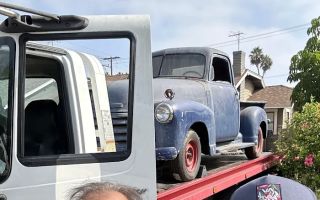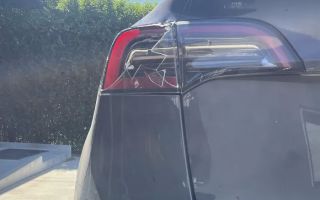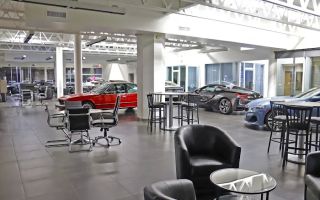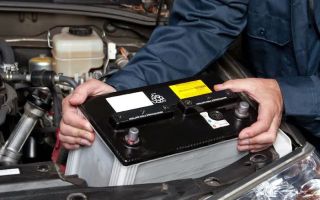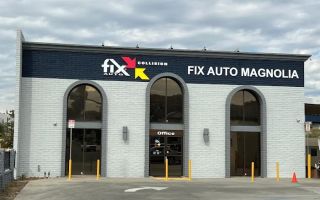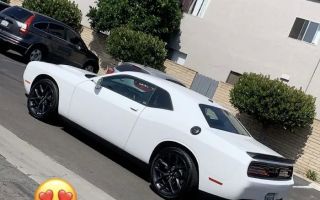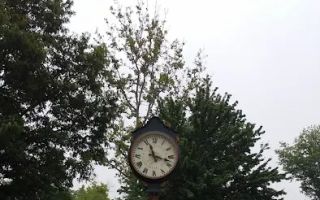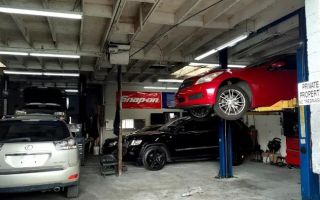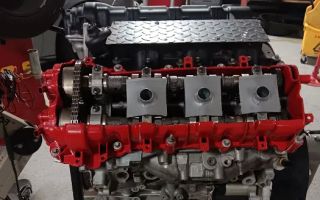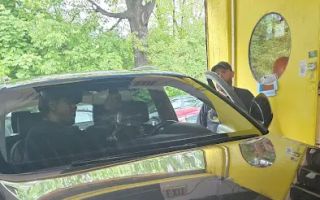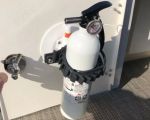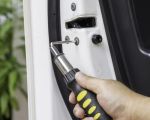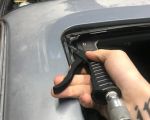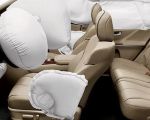Understanding Wiper Motor Linkage
Your car’s wiper motor linkage is one of those hidden components that rarely gets attention—until it fails. This mechanism connects the wiper motor to the wiper arms, allowing the blades to move across the windshield at consistent and controlled speeds. When functioning properly, it ensures clear visibility during rain, snow, or road spray.
Unlike simple wiper blades, the linkage is a combination of joints, bushings, and rods that operate under stress every time you turn the wipers on. Over years of exposure to moisture, dirt, freezing temperatures, and vibration, even a well-designed linkage can become worn. That’s why understanding how it works is the first step toward proper care.
Drivers who experience slow-moving wipers, grinding noises, or wipers that stop mid-swipe are often witnessing the early symptoms of linkage wear. Addressing these signs early can prevent complete failure—especially during bad weather when visibility is crucial. If your wipers suddenly stop on the road, Rescue & Towing can help you avoid unsafe driving conditions.

Pick Your Part - Help Yourself
1232 Blinn Ave, Wilmington, CA 90744, USA
Common Reasons Wiper Linkage Fails
Wiper motor linkage failure often begins with minor issues that escalate over time. Corrosion is one of the most common causes, especially in regions with salty air or winter roads regularly treated with de-icing chemicals. Metal joints can degrade, reducing the efficiency of the system.
Another reason involves worn bushings. These small plastic components help stabilize the linkage rods, but when they dry out or crack, the entire mechanism loses alignment. Drivers may notice the wipers moving unevenly or dragging across the glass.
Finally, heavy loads—such as ice buildup or snow—can strain the linkage. Many drivers attempt to operate wipers on a frosted windshield, unknowingly forcing the motor and linkage to push against resistance. This can bend the rods or even break the connectors completely.

Pick Your Part - Greer
13054 E Wade Hampton Blvd, Greer, SC 29651, USA
Maintenance Tips to Extend Its Lifespan
Taking care of your car’s wiper motor linkage doesn’t require advanced tools or mechanical expertise. What it does require is awareness, consistency, and the willingness to check components before problems worsen.
1. Keep the windshield clean
Dirt and debris create extra friction on the wipers, which stresses the linkage. A clean windshield reduces strain and allows the mechanism to move smoothly. Regular cleaning also helps you detect wiper pattern abnormalities early.
2. Lubricate the joints
Light lubrication on the linkage pivots can prevent rust and reduce wear. Applying a silicone-based lubricant every few months—especially before winter—helps ensure fluid motion. However, avoid over-lubricating to prevent buildup of grime.
3. Replace damaged bushings quickly
Ignoring a worn bushing can accelerate the damage to the entire linkage. Many bushings are inexpensive and can be replaced quickly, saving you from larger mechanical issues later.
4. Avoid using wipers to clear ice
This habit is one of the leading causes of bent linkage rods. Always use a scraper or allow your defroster to melt ice before turning on the wipers.
5. Listen for strange noises
A grinding or clicking sound often indicates that the linkage is struggling to move or is out of alignment. Early detection is your best defense against total failure.
Following these steps significantly extends the life of your wiper motor linkage. If you discover severe wear or if the mechanism stops moving altogether, Rescue & Towing can assist in getting your vehicle to a repair facility safely.
Real Driver Stories and What They Teach Us
A well-circulated story online involved a driver in Colorado who tried to clear a snowstorm’s frost by activating the wipers. The linkage snapped instantly, leaving the wipers frozen in place. They were stranded on a rural road with zero visibility and eventually needed towing assistance. A mechanic later explained that the linkage had been weakened for months by corrosion, and the icy resistance caused its final break.
In another case, a rideshare driver in Florida noticed his wipers hesitating during heavy rain. He ignored it, assuming the motor was simply aging. Days later, the linkage came loose entirely during a highway trip, forcing him to pull over during a dangerous downpour. Had he addressed the early hesitation, he could have saved both time and repair costs.
These real-world examples underscore how important it is to act early when symptoms appear. A failing linkage rarely breaks suddenly—it usually gives warning signs.
When You Should Call for Professional Help
Sometimes, wiper motor linkage problems can be resolved at home, but certain signs mean you should stop operating the vehicle and seek expert help. If your wipers stop mid-motion and won’t respond, if you hear grinding noises even after cleaning the windshield, or if one wiper moves while the other stays still, the linkage may be severely misaligned or broken.
Another warning is inconsistent speed. When the wipers move too fast, too slow, or at unpredictable intervals, the issue may involve both the motor and linkage—something that requires skilled inspection.
In these situations, continuing to drive in rain or snow is unsafe. That’s when Rescue & Towing becomes invaluable, ensuring you reach a technician without putting yourself at risk.

